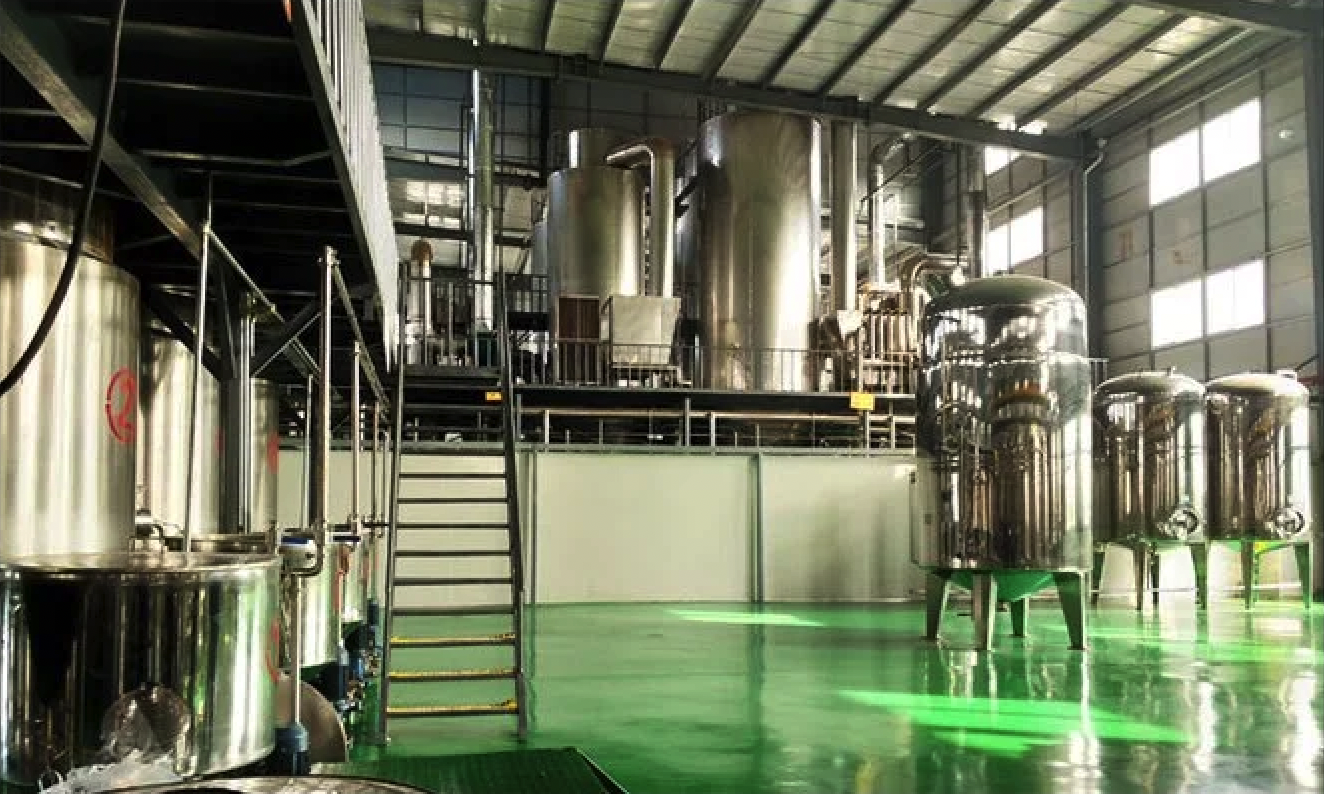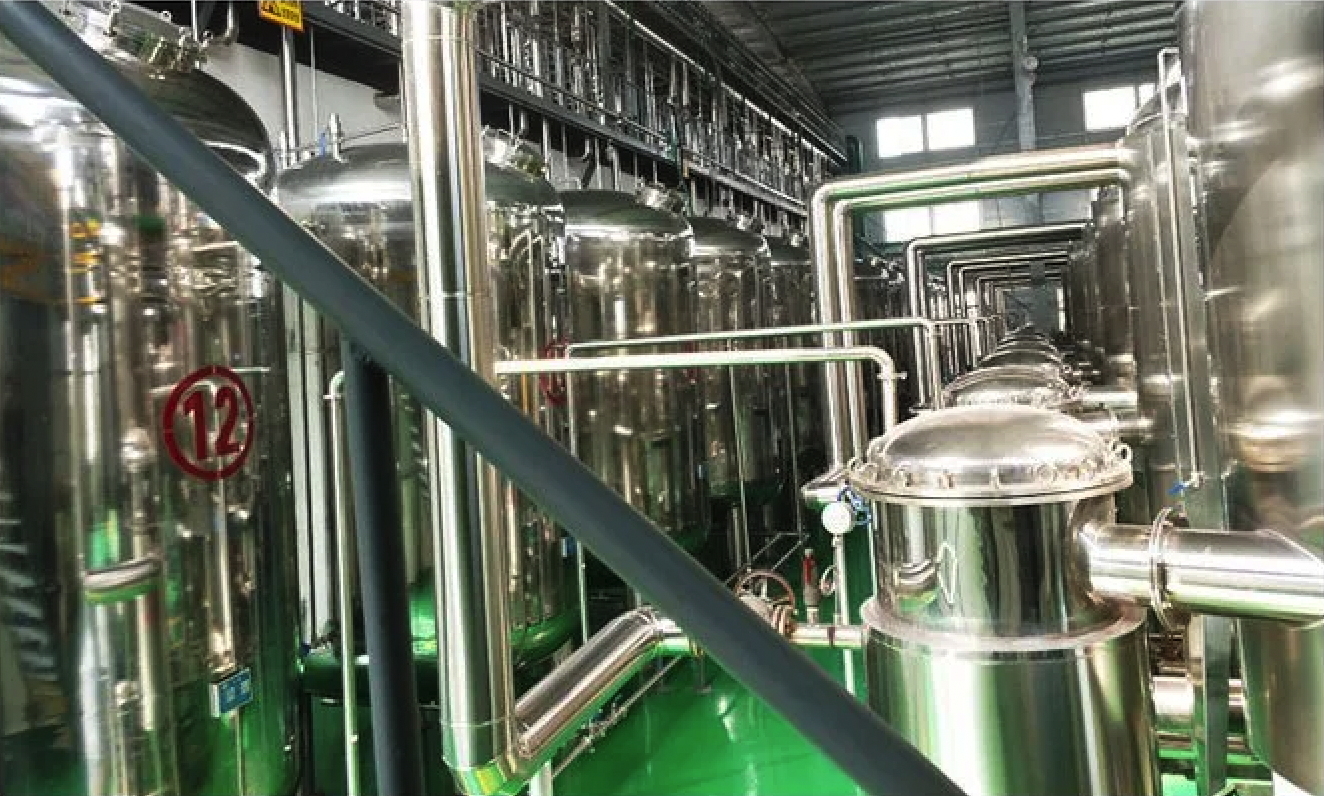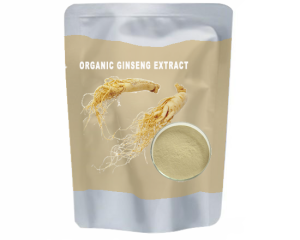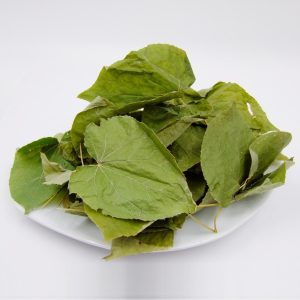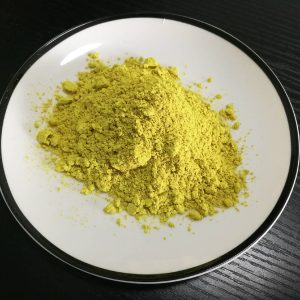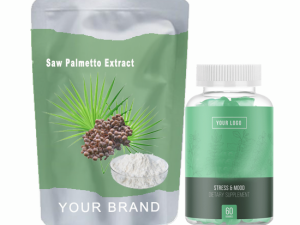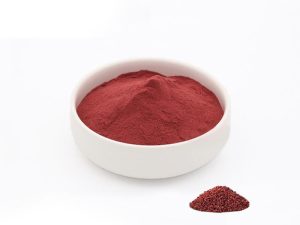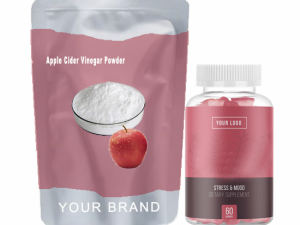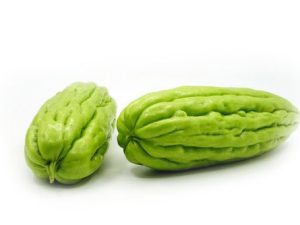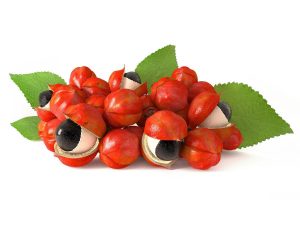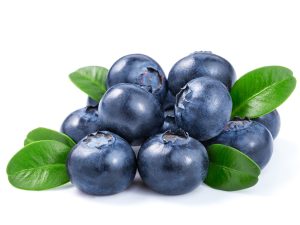Descripción
Introduction of Baobab Extract
Baobab Extract (Monkey bread tree extract) is an active ingredient extracted from monkey bread tree as raw material. The extract of the monkey bread tree not only has moisturizing effects, but also has antioxidant and skin elasticity enhancing effects. It has the effects of nourishing the stomach and gallbladder, clearing heat and reducing swelling, stopping bleeding and diarrhea, and calming the chemical book. Baobab also has the characteristics of inhibiting cancer cells. It can make cool drinks and seasonings, which are natural and healthy food and beverage additive. As well as natural raw materials for health products. It has a wide range of applications in food, beverage, medicine, and other fields.
History
Baobab has a long history as a reliable and safe traditional African plant. Its inherent market appeal, it may be one of the most unique plant species in Africa. The pulp of the baobab tree is known for its rich antioxidant activity, and its efficacy is more than six times that of blueberries.
The trunk and leaves of the baobab tree contain 13% to 15% protein, 60% to 70% carbohydrates, about 11% cellulose, 16% ash, and 4% to 10% oil. The energy value ranges from 11800 to 19000 kJ/kg, of which 80% can use for its own metabolism. Dry leaves are also rich in primary products of beta carotene and vitamin A, while tender leaves have a protein content of 4% and are rich in vitamin A and vitamin C.
The leaves of the baobab tree contain rich mineral nutrients such as calcium, iron, potassium, magnesium, manganese, molybdenum, phosphorus, and zinc. The average moisture content of mature fruits of the monkey bread tree is 8.7%, protein 2.7%, fat 0.2%, carbohydrates 73.7%, cellulose 8.9%, and ash 5.8%. The flesh of the fruit is rich in vitamin C, which is almost 10 times the content of oranges. The seeds contain 50% more energy than the leaves, with an energy value of 18030kJ/kg. It contain 33.7% protein, 30.6% fat, 4.8% sugar, 16.9% cellulose, and 5.9% ash. The seeds contain vitamin B1 and vitamin C.
Usage
-
Cosmetic
Monkey bread tree extract not only has moisturizing effects, but also has antioxidant and skin elasticity enhancing effects as a drug. It has the effects of nourishing the stomach and gallbladder.It can clear heat and reduce swelling, stop bleeding and diarrhea. And it can calm the mind, and has the characteristics of inhibiting cancer cells.
-
Food and Beverage:
The baobao extract can use to make cool drinks and seasonings, and is a natural ingredient in healthy food and beverages. It is a natural raw material for health supplements. The young leaves of baobab tree can use as vegetables to make dishes, or make various salads, soups, sauces and ingredients. After the dry leaves, they can be ground into powder and in the market as raw materials for making vegetables or food. Fresh and dried pulp can be eaten directly, or use to cook Congee and brew wine and drinks. Seeds as snacks, or used as thickeners, seasonings, and after baking in soup. The seeds of the baobab tree can use to extract edible oil, and its protein content is significantly higher than plant oils such as peanuts.
-
Medical use:
The baobab tree is widely use in modern medicine. Leaves can make as fever reducing drugs, treat cancer and heart disease. West Africans dry the leaves of the baobab tree into powder, which use to treat many diseases. For example,kidney and bladder diseases, asthma, fatigue, abdominal pain, tumors, diarrhea, trauma, insect bites, and inflammation. Fruit pulp can also use to produce fever reducing drugs, prevent dysentery.It can promote sweating, and treat Newcastle disease in poultry. It use to treat measles and smallpox. The bark is the most widely used. It can replace quinine to prevent colds.
-
Other uses:
The baobab tree contains fibers, and its bark can use to make strings, baskets, fishing nets, and packaging materials for various ropes, musical instruments. It is widely use as a textile fiber to cover roofs, make shoe soles, clothes, hats, bags, cushions, etc.
Benefits:
1. Contains powerful antioxidants (2 times that of wolfberry and 6 times that of blueberry);
2. It contains high vitamin C content (6 times more than oranges);
